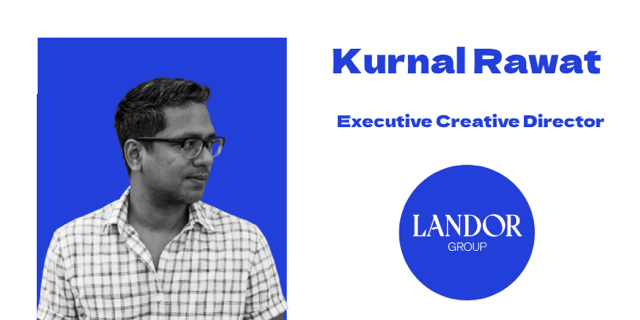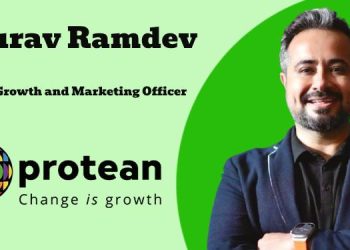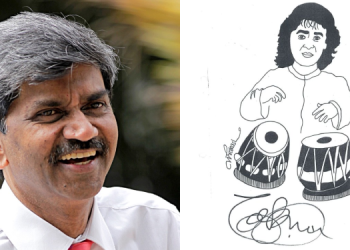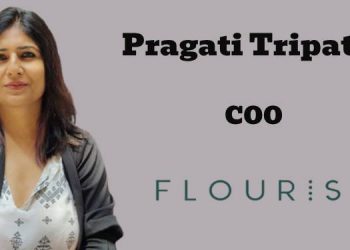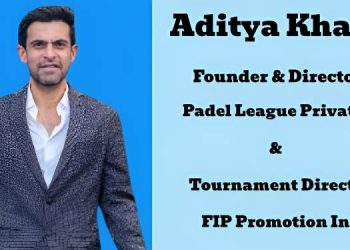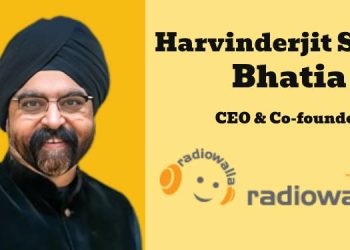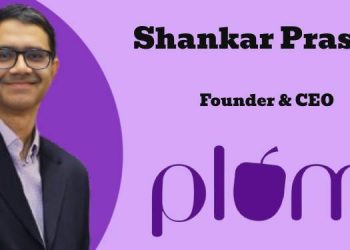Landor describes itself as being world-leading brand experts. It looks at Consulting, Design and Experience. It connects business strategy to brand. It looks to bringing every facet of a brand to life. It creates brand-led experiences for talent and customers.
It says that its goal is to make a positive difference. It is part of WPP. It builds brands, and its work is designed to transform. The Landor Group also includes leaders in sonic branding amp, workspace and architectural design experts BDG and motion specialists ManvsMachine.
Medianews4u.com caught up with Landor ECD Kurnal Rawat
1. What trends are emerging in the design industry in India and globally in 2024?
Every year brings a wave of fresh design trends. This year, the rise of AI has sparked a counter-movement towards “gutter-tech” or low-fi aesthetics. Think of hand-drawn elements, pixelated charm, and a deliberate minimising of tech-heavy visuals. We’re also seeing the “Everything All at Once” trend take hold – a maximalist approach that fearlessly blends elements traditionally considered separate. More is more!
Brutalism continues its reign but with a refined edge. Expect to see it softened with carefully crafted typography and electrifying colour palettes. Surrealism and abstract expressionism are also making a splash, influencing everything from high-fashion runways to eye-catching alcohol packaging. This trend is just getting started! “Happy Earth” offers a modern take on eco-conscious design. It moves beyond earthy tones and handloom textures, embracing a minimalist aesthetic with a brighter, more optimistic outlook.
2. Today, brands interact with consumers across a multitude of digital platforms. What tactics can ensure a consistent brand identity across these platforms?
A crystal-clear visual and verbal brand language is paramount for maintaining a consistent brand personality, especially in the fast-paced world of digital. With the need for rapid-fire creative content across motion, digital, and social media, comprehensive brand guidelines are non-negotiable.
When we develop a brand for our clients, we conduct multiple brand induction sessions with all stakeholders – client partners, agencies, and internal teams. We’re also seeing the emergence of new software and AI tools that allow brand managers to test creative assets against trained modules, verifying alignment with the brand identity. This technology is poised for rapid growth.
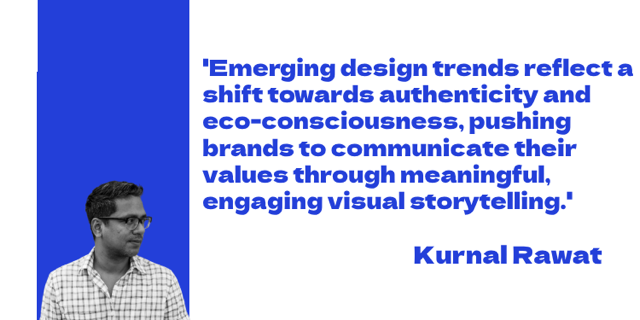
3. Has Landor India helped clients deliver personalised experiences?
The world is becoming increasingly dynamic yet intimate. Brands need to adapt and embrace change seamlessly. We’ve created numerous brand identities designed to be dynamic, responding to consumer interactions or other influences. This humanizes the design expression, infusing it with purpose and vitality.
Even in packaging design, unboxing and gifting have become significant rituals. The ability to customise designs or messages provides those micro-moments of personalised brand experience that consumers crave. At Landor, we leverage digital technology to elevate and augment consumer experience, adding features that transform interactions with physical packaging. Personalisation is also taking centre stage in retail, with consumers expecting tailored assistance in sectors like fashion, cosmetics, and food and beverage, all delivered through a seamless omnichannel experience. In today’s world, personal data is currency, and consumers expect brands to respond with personalised connections.
4. Could you talk about the role of design and branding in building or regaining consumer trust?
At Landor, we empower brands to stay relevant in a constantly evolving landscape and differentiate themselves in a crowded marketplace. Design serves the brand, making the intangible tangible. We meticulously craft how a brand speaks, behaves, feels, and looks to evoke an emotional response that rings true to its core values and meets consumer expectations.
5. India is a relatively young market in terms of design and the number of brands that fully utilise it. How big is the opportunity?
Brand building has become a boardroom imperative in India. Design is the language of branding, ensuring the right signals are sent to the consumer. From brand naming and identity development to packaging, digital presence, social media strategy, retail experiences, unboxing, and community building – it’s all part of a cohesive brand experience.
The current landscape in India is incredibly exciting for brand creators. Startups and conglomerates alike are on a mission to grow, expand into new categories, or redefine existing ones. The opportunity is vast and brimming with potential.
6. Could you shed light on recent work that Landor India has done with companies like DTDC, Tata Cliq Palette, and TATA.ev?
TATA.ev: We partnered with Tata Motors to craft a new brand for their EV vision. This project was particularly exciting as we were challenged to think beyond mobility for the brand proposition. Our solution was “Move with Meaning” – a brand that invites everyone to find purpose and meaning in their lives, moving towards a more inclusive, eco-positive world and building communities driven by positive action.
The result is a brand designed with meaning, where every choice – from materials to messaging – reflects a conscious, eco-sensitive approach, fostering a thriving community committed to making a difference.
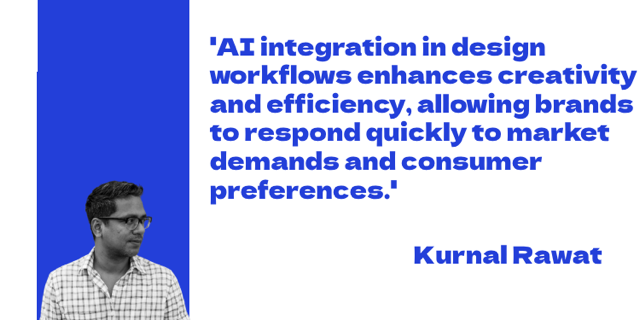
7. Is AI helping Landor reduce the time taken to deliver top-notch work?
WPP and Landor are fully committed to integrating AI into our workflows to amplify creativity and productivity. WPP Open and Landor’s in-house Creative Studio platforms are purpose-built for AI-integrated workflows, ensuring adherence to copyright and legal compliance while delivering original and authentic work for our clients.
From concept generation and prototyping to testing, content enhancement, task automation, data analysis, and consumer testing simulations, AI has empowered us to be more agile, iterative, and efficient in delivering exceptional creative output.
8. Is the belief that design is primarily about the logo the biggest misconception that Indian companies have about design?
This perception has shifted significantly within corporate India over the past two decades. Startups founded by seasoned professionals are increasingly focussed on holistic brand building that extends far beyond the logo. Brand experience has become a critical component of marketing and sales strategies. However, this misconception might still linger in certain corners of the industry.
9. When Landor India starts working with a client, do you sometimes find that the client isn’t entirely clear about their brand proposition or how consumers perceive them? If so, does that require a lot of groundwork?
Clients often approach Landor when they sense their brand proposition needs clarification or realignment to achieve business objectives. Sometimes, a company has evolved and expanded its scope, requiring a re-evaluation of its brand proposition. Other times, mergers or acquisitions demands a merging of brand identities and cultures. We also work with clients who have already conducted equity studies and possess data-driven insights to support the need for change.
Landor employs robust processes and tools to help clients understand consumer sentiment towards their brand, competitors, and the overall category. We utilise BAV (BrandAsset Valuator), which draws upon over 16 billion data points across 65,000 brands globally, providing invaluable insights for shaping brand strategies that achieve objectives and reinforce brand equity.
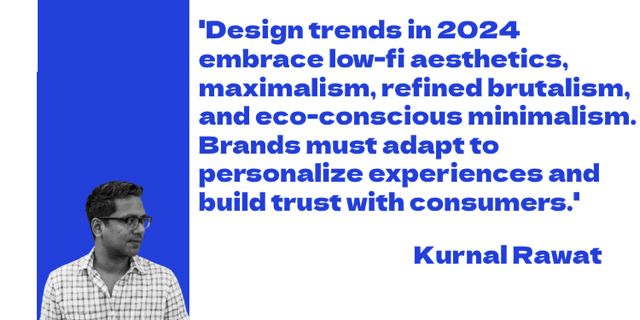
10. How important is it for traditional brands to be flexible and, at times, reinvent themselves to connect with consumers in the digital age?
It’s no longer optional but essential for brands to embrace the platforms where their target audiences spend their time. Even legacy brands with strong heritages must adapt to remain relevant. For brands built with flexibility and a future-forward mindset, adapting to new media can be seamless. However, brands that haven’t prioritised adaptability and are playing catch-up might need to undergo more frequent reinventions, which can be costly and yield temporary results.
Well-crafted brands need only to recalibrate – a proactive and agile approach. Weaker brands might require reinvention – a reactive process often driven by a sense of urgency. To thrive in the digital age, brands must be bold, innovative, and agile.
11. When an iconic brand like Nike faces challenges, can a rebranding exercise in a key market like China help? Or do product improvements need to come first?
When successful brands struggle in specific markets, it often signals a disconnect between the brand and the evolving preferences of consumers in that market. This could be due to product design, brand visibility, or a misalignment with shifting consumer expectations.
While rebranding alone isn’t a cure-all for declining relevance, it can be part of a larger strategy to recalibrate the brand and resonate more effectively with the target audience. This might involve adjusting how, when, and why the brand communicates, without fundamentally changing its core identity or target demographic.
12. Could you shed light on recent work that Landor India has done with companies like DTDC, Tata Cliq Palette, and TATA.ev?
DTDC: DTDC is one of India’s leading courier service companies. They came to us to partner with them in their brand transformation journey – from an Indian desk-to-desk courier company to a tech-led global logistics company. A major brand identity refresh was the need of the hour to match their internal drive, and we conceptualised ‘The Power of Two’ – of head and heart, of right brain and left brain thinking, of customers and the company and of tech and human ambition.
Refreshing DTDC to usher in this change meant building on the equity of their colours, dynamic wordmark and the iconic ‘running boy’, giving it a future-forward reimagination, and assigning strong roles to the refreshed sacred assets. We put the customers’ requirements ahead of the company in the new logo and new avatar of the runner. The outcome is a brand identity that positions DTDC not only as a major player in India but also as a competitive force on the global stage in the logistics industry.
Tata Cliq Palette: To establish a prominent presence in India’s emerging beauty landscape, Tata Cliq enlisted our help to create an omnichannel, tech-driven beauty platform. This platform was designed to enable customers to celebrate their unique version of beauty while also delving into the science behind beauty and beauty products. Our role encompassed strategy, naming, brand identity, app design, and retail experience.
The cohesive experience was unified by the central theme, “The Beauty Obsession,” positioning the brand as a knowledgeable partner in all aspects of beauty. With a bold expression, a distinctive signature, and a system designed to explore and celebrate beauty in-depth, we crafted a platform that allows customers to find and subscribe to products suited to their individual needs while also encouraging discoveries.

